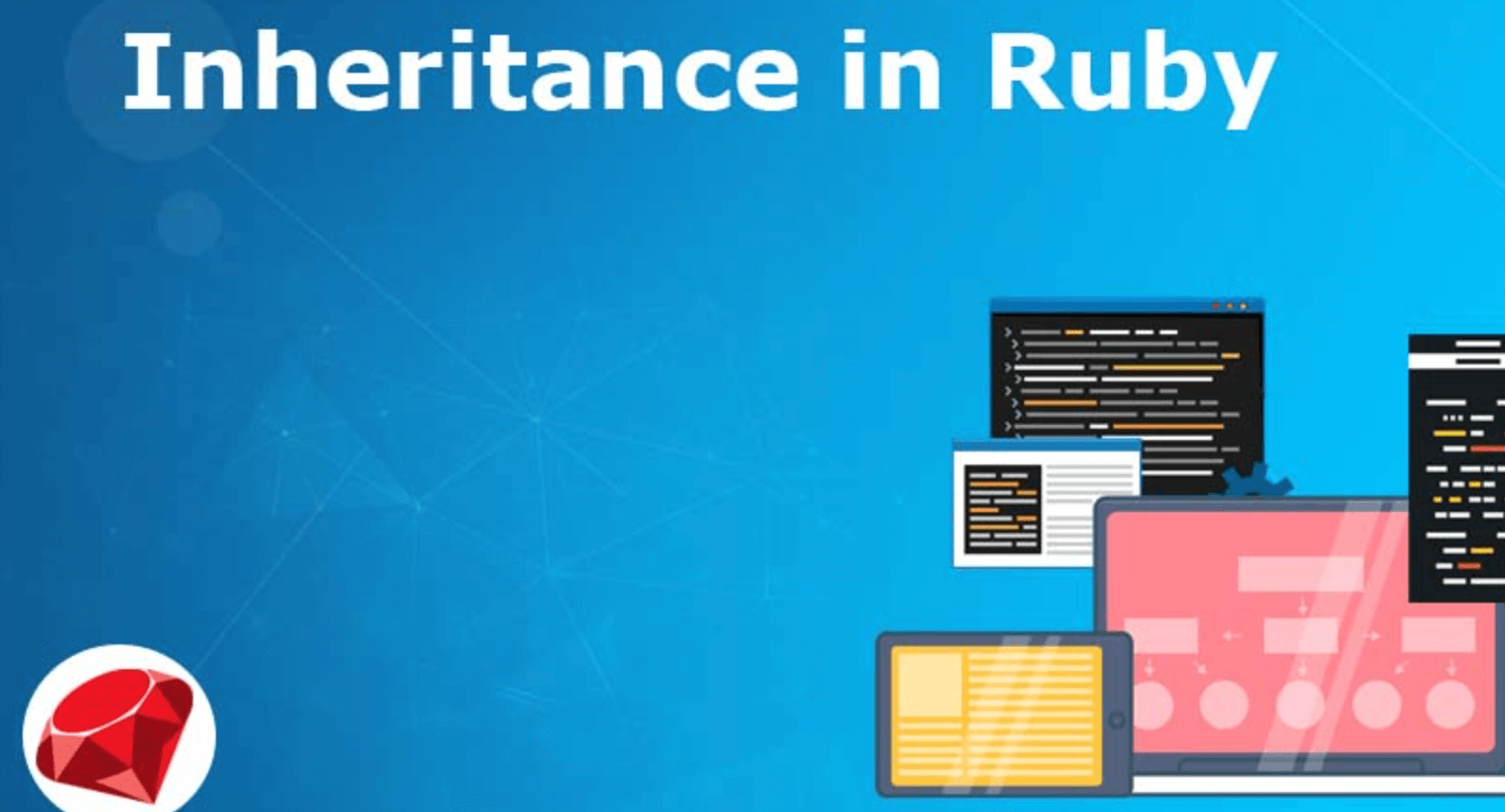If you’re into the world of programming, specifically Ruby, you might have come across the term “inheritance.” Inheritance in Ruby is a powerful concept that simplifies code and enables reusability of code. In this article, we’ll tackle on a journey to understand inheritance in the most human-friendly way possible.
Ruby is a high-level programming language that supports various paradigms. The majority of OOP languages, like Ruby, have a subclassing mechanism that helps us to create new classes whose behavior is based on, you are probably already familiar with these terms if you have programmed or learned programming languages like C++, or Java.
What’s the Big Idea?
Imagine you’re baking a cake. You have a basic cake recipe that includes different ingredients like flour, sugar, eggs, and butter. Now, let’s say you want to make different types of cakes – a chocolate cake, a vanilla cake, and a strawberry cake. You wouldn’t rewrite the entire recipe for each cake, right? Instead, you’d start with the basic recipe and tweak it to add specific flavors.
This is where inheritance comes into play in programming. In Ruby, classes can inherit characteristics and behaviours from other classes. This means you can create a new class based on an existing one, inherit its properties and methods, and then customise or add new features to suit your needs.
Class Act: The Parent and Child Relationship
In Ruby, the class that provides the blueprint for another class is called the parent class or superclass, and the class that inherits from the parent is called the child class or subclass.
Going back to our cake, the basic cake recipe is our parent class. The chocolate, vanilla, and strawberry cakes are child classes that inherit from the parent. They keep the core ingredients and preparation steps, but they might also add their unique identities, like extra cocoa for the chocolate cake.
Syntax Simplified
Let’s see how this works in Ruby code:
class Cake
def prepare
# Basic preparation steps common to all cakes
end
end
class ChocolateCake < Cake
def prepare
super # Call the prepare method from the parent class
# Additional steps for making a chocolate cake
end
end
In above example, ChocolateCake is a child class of Cake. The prepare method in ChocolateCake first calls the prepare method of the parent class using the super keyword. This way, you ensure that the basic preparation steps are taken care of, and you can focus on the specifics of making a chocolate cake.
Benefits of Inheritance in Ruby
- Code Reusability: Inheritance allows you to write code once in a parent class and reuse it in multiple child classes. Inheritence reduces redundancy and makes your codebase easier to maintain.
- Hierarchy and Organisation: Inheritance helps organise classes in a clear hierarchy, making it easier to understand the relationships between different classes and easy to reuse.
- Customisation: Child classes can customise or extend the behaviour of the parent class while keeping the shared features intact.
Wrap Up
Inheritance is like passing down characteristics from one generation to the next generation. It enables reusability of code, clarity, and customisation. Just like our cake example, where each cake inherits the basics and adds its unique flavour, Ruby classes can inherit attributes and behaviours while allowing you to create specialised versions.
So, the next time you’re writing Ruby code and if you find yourself duplicating similar features, think about inheritance. It might just be the secret ingredient to making your code more efficient, organized, and deliciously maintainable! You can explore more using Ruby Documentation.



